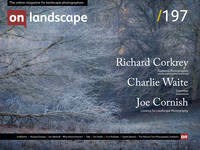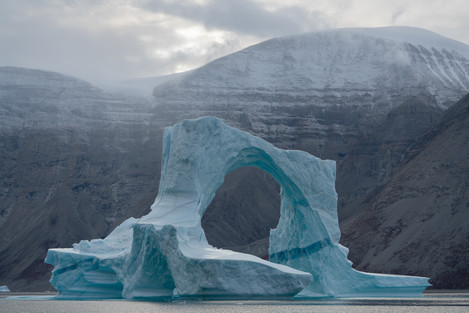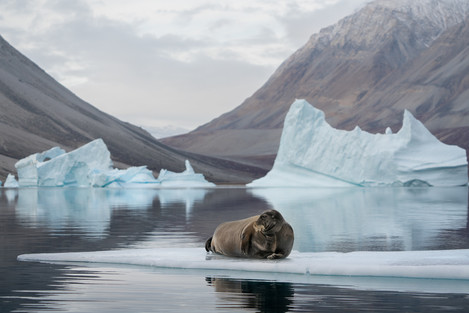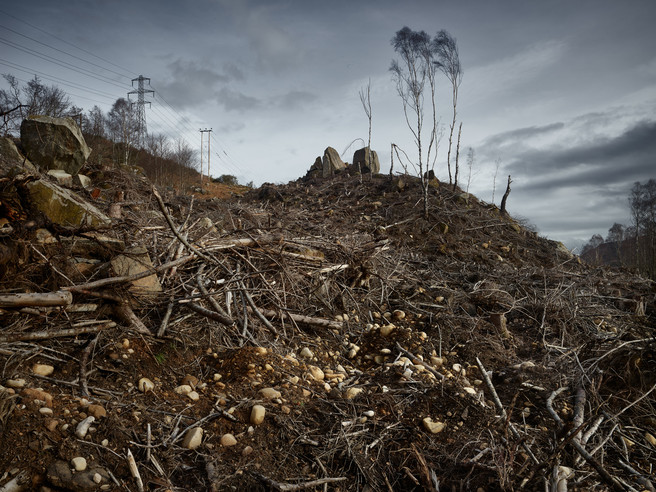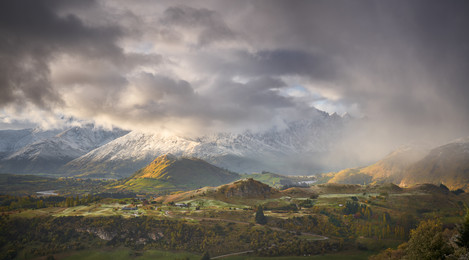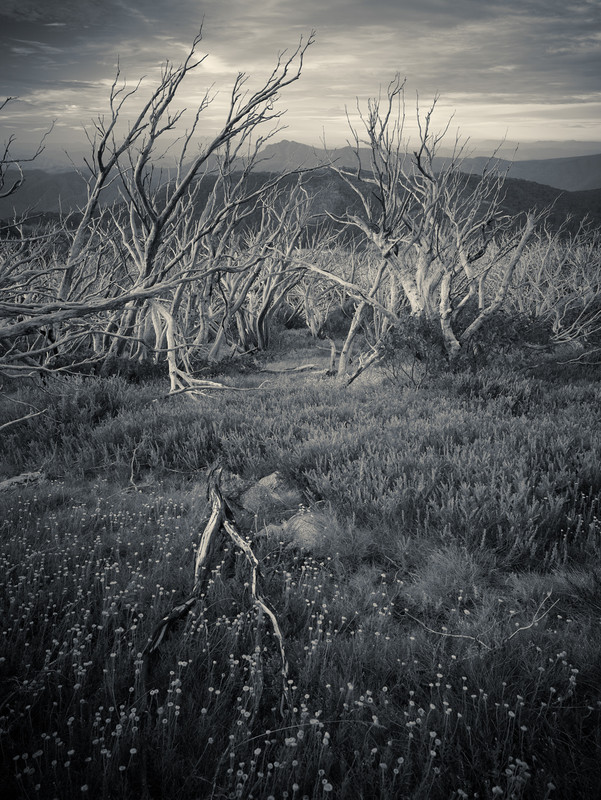Ontological Minestrone
I was recently asked to come up with a definition of landscape photography by a learned society, a remarkable turn of events for someone with almost no academic qualifications. This proved both a fascinating and near impossible endeavour.
Only very slightly altered, this is my final text in question:
"The word, landscape, is more than territory, land, ground, or property. Landscape is also a concept, a view, a prospect, a perspective. Its association with art is indivisible having its origins as a word from Middle Dutch, circa 1600, related to painting.
Landscape is widely considered to be the most popular theme in all photography. Although the limits of the genre subject matter are debated, there can be no doubt that definitions of landscape in photography are broad. They include grand vistas of mountain and sea which may encompass hundreds of square miles, to small natural details of just a few square centimetres. Landscape can be about the iconic, the sublime, the geographic; it can be about habitat, about the environment, about landscapes altered by industry, dereliction, contamination, the aftermath of natural catastrophes, war, urban sprawl. Landscape can illustrate agricultural practice, pastoral beauty, intimate details from nature… from the poles to the equator, and from below sea level to the mountain tops, the list of landscape possibilities seems almost endless.
While it is difficult to define all the possible strands of landscape photography, perhaps a common definition might stand around emphasis…so although people, animals and inanimate objects may be present in the pictures, any players in the scene are subordinate to the landscape itself as seen through the eye of the camera.
Photographers may see landscape as an objective pursuit, aiming to represent what they see with an emotional detachment, even as scientific evidence. Or they may use it purely as an exploration of their inner lives, as a source of metaphor, reflecting their deepest feelings and concerns. There may be a strong political or environmental dimension in landscape photography. Representing natural beauty, or grim dereliction may be a matter of identity for the photographer, even of pride or shame. There may be a mix of all these intents, or perhaps none at all.
The technical approaches of landscape photography are wide and may include the rigorous discipline of large format and tripod to the more spontaneous hand-held and phone photograph. Intentional Camera Movement is almost a sub-genre of its own, and additionally, drone imagery is a burgeoning and revolutionary thread in contemporary landscape photography.
At a time when our planetary ecosystems are themselves being endangered by human activity, and the environment is the burning issue of our time, landscape photography has never been more relevant or central to public discourse and debate.
At its best landscape photography may give an insight into the landscape photographed, and also into the life and perspective of the photographer. As in all areas of photography, landscape is a theme of infinite potential.”
The society in question actually wanted a one sentence answer; on that count, I failed in my quest rather spectacularly.
Nevertheless, I felt grateful for the challenge. It forced me to question my own motivations, my commitment, my craft. Having seen the dedication of so many of my contemporaries to their lifelong passion, I couldn’t help but feel that my own efforts where…all over the place. Proper landscape photographers mine their themes and agendas deeply, producing stylistically consistent and laudably coherent visual narratives. My own work – to me at least – seems a near random and eclectic mash-up. I wonder if I am a mere dilettante?
When I look back at my career I realise that although I strongly ‘identify’ – in the modern parlance – as a landscape photographer, my background is rather less high brow. For a few years, I made a living (just) doing portraits, office interiors, and long-since defunct pieces of office machinery.
In 1986, a modest book project about the founders of the National Trust might have proved a breakthrough.
But the publishers liked my photographs. They offered me a travel guide book on a French region (Loire). This eventually turned into a series of eleven. Subsequently, other publishers followed, and enough money to put food on the table. Travel photography became my career. It made a move to North Yorkshire possible, and eventually, I would move on creatively too. But for a long time, the travel photography habit remained.
It was a workflow of strategy, preparation, pre-visualisation, working to optimise the lighting, trying to load the dice in my favour. Method, planning, tactics. I didn’t really want to confirm the popular view – to reinforce stereotypes of place – but that is often the role of the travel photographer anxious to please their client, and so, inevitably, some of the time I did just that.
If landscape is a creative calling (I believe it is) surely it is our imaginative response to the landscape and the conditions, translated through our own personal filter that matters, being spontaneous, personal, critical, unorthodox surely? A strong emphasis on atmosphere, mood, emotion, expression, concepts. Nearly ten years of travel photography practice meant my methods were often far from that. Has my travel work contaminated my development as a landscape photographer? Or is the cross-over between these two forms of our art inevitable, broad and maybe even healthy?
In an attempt to understand this better I analysed my own work. What was it about? What are my interests, my obsessions? What am I trying to say? What are my beliefs, and feelings?
How do I see the world?
Have I escaped my travel photography strait-jacket?
Reflecting the conclusions of the text above, I realised that my own work (from my point of view at least) could be divided, very roughly, into the following:
- Geographic Landscape
- Iconic landscape
- The Grand Vista
- The Sublime
- Intimate landscape
- Altered Landscape
- The Metaphoric Landscape
- Landscape as Habitat
- The Landscape of memory
All of which might look like category minestrone. But there has been a purpose: to probe my own motivation, curiosity and creativity as a photographer. This inquiry formed the basis for a talk entitled ‘Landscape in practice’… this is how I have come to see my own photography.
“In the next episode” I’ll look at the first of these categories, and get to grips with the Geographic Landscape.
- Geographic Landscape
- Iconic landscape
- The Grand Vista
- The Sublime
- Intimate landscape
- Altered Landscape
- MetaphoricThe Metaphoric Landscape
- Landscape as Habitat
- The Landscape of memory

